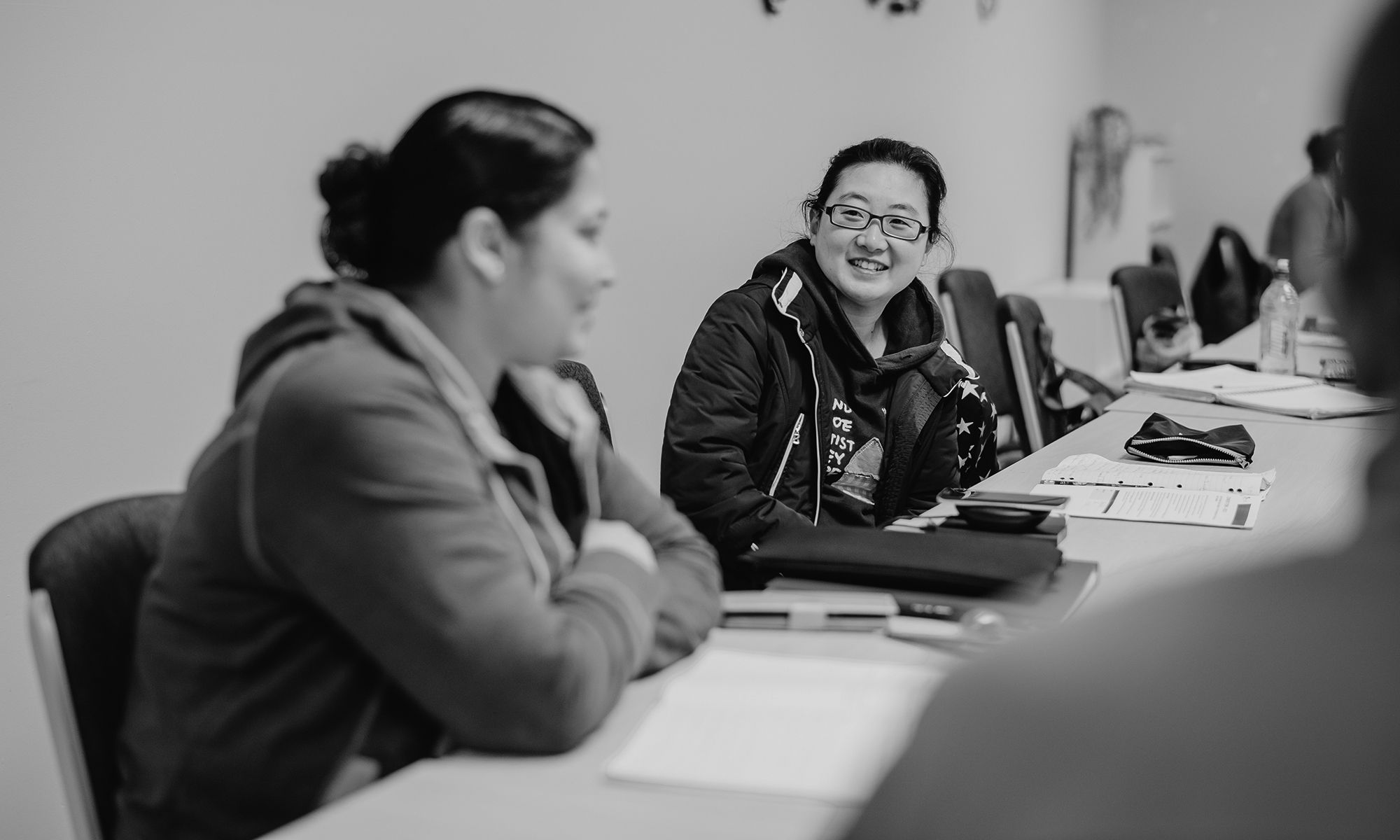Author: Meghan Kelly, Deakin University
Edition: Volume 55, Number 3, November 2015
Summary: This paper identifies visual communication design as a form of public pedagogy. Communication design practices aim to achieve the successful transmission of a message to a recipient in a visual mode. Understanding the theories and practices of visual communication design can assist in enhancing the reception of the communication, as these practices become a tool to increase the effectiveness of learning in a public space. To demonstrate this, I will use the example of museums
as an informal place of public learning, and argue design, and in particular visual communication design strategies, are extremely important in the creation of successful learning. If participants are
not engaged or entertained, their capacity for learning will diminish. Engagement depends on the representation of the information and the successful interpretation of that information by the visitor. Further, this paper will emphasise the vital role communication design plays in all forms of public pedagogy, not just within the museum context. However, non-designers create many public learning environments and although this paper argues the benefits of communication design to increasing the effectiveness of learning, it recognises the narrow opportunities of applying this knowledge.
Keywords: public space, visual communication design, museum, public learning
![]()
![]()
![]()
![]() Share a copy of this abstract.
Share a copy of this abstract.
This article is part of AJAL, Volume 55_3. The entire volume is available in .pdf for purchase here.
